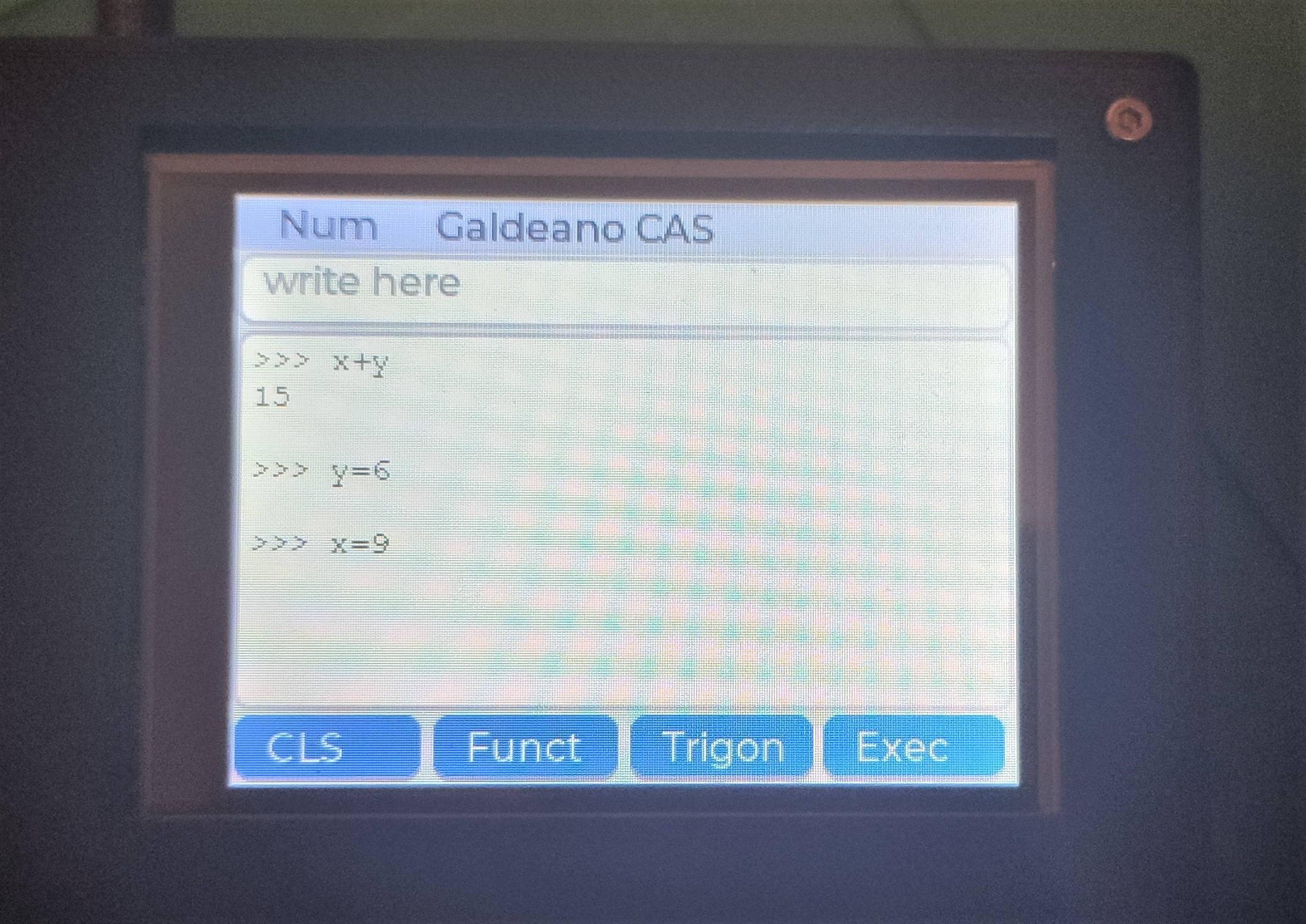


(The caller does not have to supply all the arguments.) If local symbols are needed in a function, they can be appended toĪrg-list. The following example defines a sinc function and evaluates it atĪfter a user function is defined, expr can be recalled using the Is evaluated when function- name is used in a subsequent Unlike symbol definitions,Įxpr is not evaluated when function-name is defined. User functions are defined using the syntax function-name (Īrg-list ) = expr where arg-list is a comma separated list of zero See the Reference section at the end of the

Most of the functions commonly used in math and physics are The following example clears A so that itsĮvaluation goes back to being A instead of C. The quote function returns its argument unevaluated and can be used

Still B, as can be seen with the binding function. Then when A is evaluated, the result is C.Īlthough A = C is printed, inside the program the binding of A is The following example sets A = B followed by B =Ĭ. When a symbolic chain is defined, Eigenmath follows the chain asįar as possible. The following example shows how Eigenmath scans the entire symbol Everything after the firstĪ symbol can be the name of a Greek letter. No result is printed when a symbol is defined. For example, x^1/2 is evaluated as (x1)/2 which isĪs we saw earlier, symbols are defined using an equals sign. In general, parentheses are always required when the exponent is anĮxpression. It is not clear whether the exponent should be −1 or −1/2. The reason for this is that the binding of the negative sign is not
Eigenmath 1.3 how to#
The following example shows how to enter a floating point value Note: Equality tests involving floating point numbers can beĪ floating point value causes Eigenmath to switch to floating pointĪn integer or rational number result can be converted to a floating Operator evaluates to 1 if the operands are equal and 0 if the The infix operator = is used to test for equality of operands. √ a sqrt(a) square root, alternatively, a^(1/2)Ī(b+ c) a (b+c) note the space in between, alternatively, Subexpressions surrounded by parentheses have highest Is, multiplication and division are evaluated before add and The arithmetic operators have the expected precedence, that The following table summarizes the various operators and expression That is, the color blue indicates something The previous example shows a convention that will be used To see the value of a symbol, just evaluate it. When a symbol is assigned a value, such as N above, no result is Now let us compute the seventeenth root of this number. At the Eigenmath prompt,Īfter pressing the return key, Eigenmath displays the following Let us compute 21217 and check the result. I had read (in a British publication, the Boy’s Own Paper, Iīelieve) about a certain Hindu calculator who in exactly two Ĭonsider the following arithmetic from Vladimir Nabokov’sĪ foolish tutor had explained logarithms to me much too early, and 5 1.6 User defined functionsĦ 1.7 Complex numbers. 20 3 Quantum Computing 22 4 Function Reference 25 5 Tricks 42 1ġ Introduction 2 1.1 Syntax.
Eigenmath 1.3 manual#
Eigenmath Manual OctoContents 1 Introduction 2 1.1 Syntax.


 0 kommentar(er)
0 kommentar(er)
